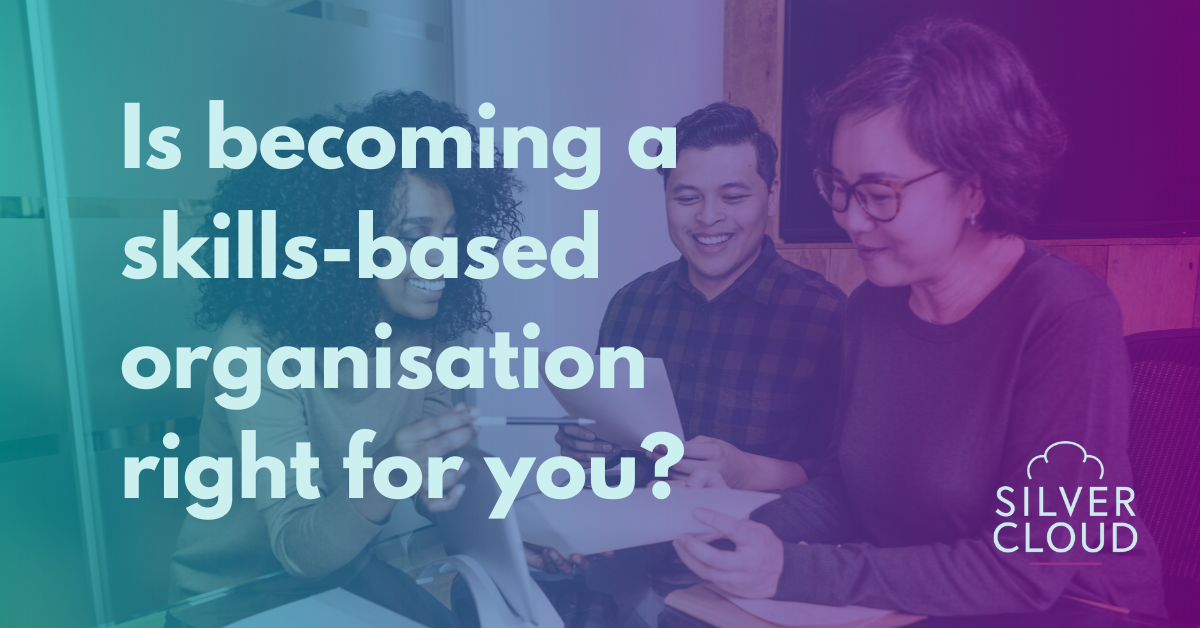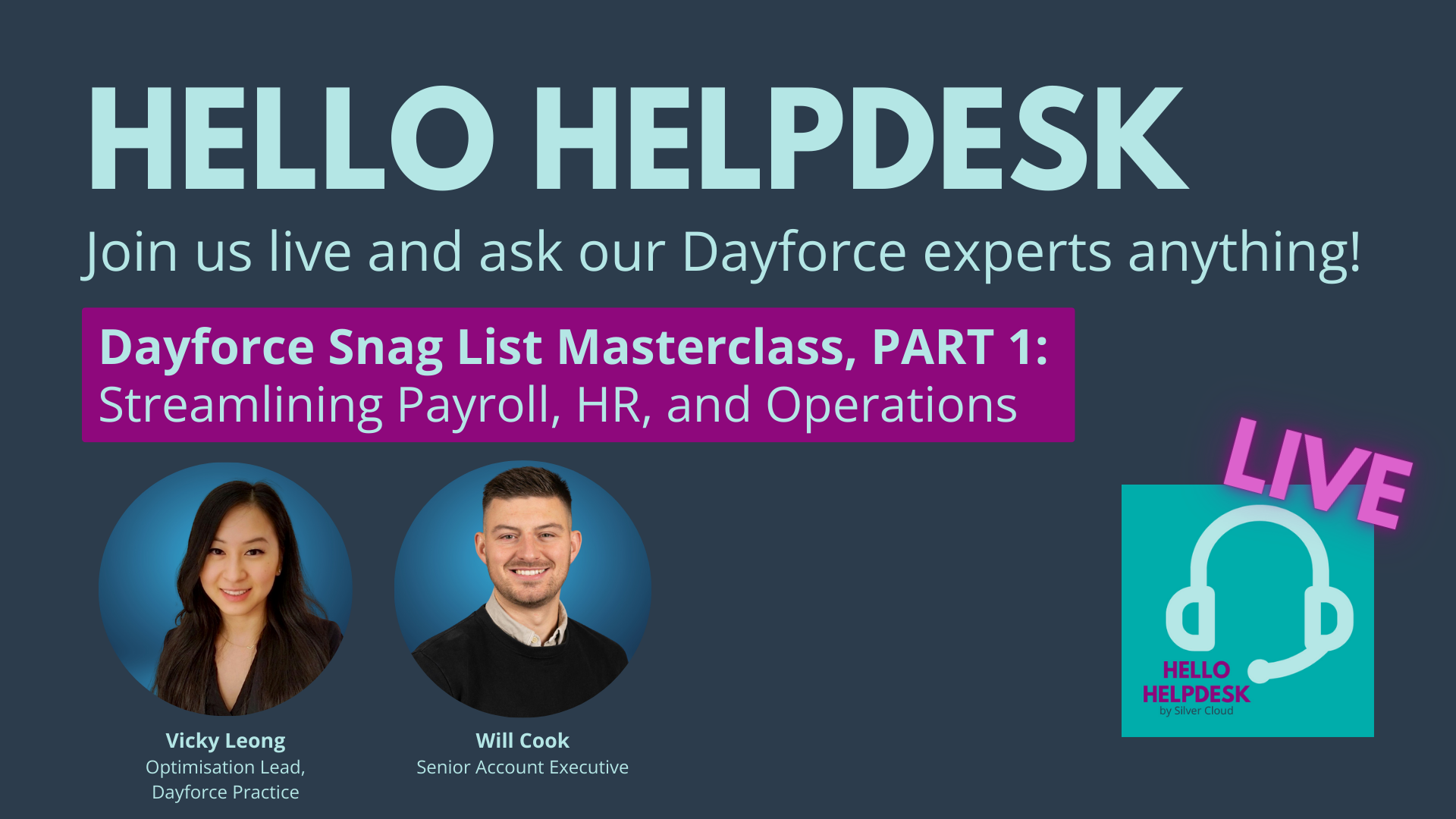How do I choose the best new HCM for my business?
by SJ Hood

Choosing the right HRIS (human resource information system) or HCM (human capital manager) can be a daunting process. There’s so much to do and the pressure to get it right feels like it only gets higher with time. Because of that, changing your HR system can get overwhelming and we may even look at it as not worth tackling until it gets too painful to avoid.
Although avoiding the change may feel like a relief in the moment, putting off getting an update to your HR tech stack is only going to compound your problems. So, to help take the pressure off, use these 10 easy steps to getting your tech selection right:
The 10 steps to selecting the best new HCM
Getting the right software the first time doesn’t have to be as scary or as difficult as it can feel. In fact, we’ve gotten it down to a 10 step process that we’ve seen work every time. That said, it’s important to not treat this like a tick-box exercise. As with most things, you get out of it what you put in.
1. Identify the scope
Identifying the scope is just deciding what your project will and, just as importantly, will not cover. It should be the first thing you do. A good way to do this is to start by listing out what you hope to achieve by bringing in a new piece of software. This will help guide you as you start to explore the market, even as it evolves throughout the project. What does the best new HCM mean to you and your business?
2. Assemble your project team
Your project team are the people you need working on the project to achieve the best outcome. Generally speaking, we advise clients that they need to have five main roles involved: a project sponsor, a project manager, a system administrator, end user representatives and an escalation handler.
3. Establish your project plan
Your selection project plan is what you use to figure out your timeline and key milestones. As you begin to build your plan, make sure that you give your team plenty of time. Although making a choice may feel urgent, this isn’t a process that can be done effectively in just a few weeks.
4. Create strategic alignment
Does this selection project align to the wider goals of your company? Is it something that will help achieve higher profit margins, revenue, or productivity? Will it lower risk or turnover? Take the time to consider the stated goals of your business (for both now and the foreseeable future) and identify where this new HRIS can aid those goals.
If you’ve used our Guide to Creating an Unbeatable Business Case, you’ll already have that alignment written out.
5. Gather requirements
Gathering requirements may seem like a needless step. You know what you want already, right? Well, sure, but you won’t be the only one using this new system. Think about all your user groups (HR, managers, employees) – how will they use the platform? Can they all do what they need to do without risking data security?
6. Research the market
This is a key part of the process. While some HR leaders have had to keep up with the market by the nature of their industries (We’re looking at you, tech startups.), many don’t. For example, we recently worked with a law firm that hadn’t searched for a new system in over 12 years! That meant their market knowledge was pretty far behind the times. This is a good sign that getting external help for your selection would be beneficial.
7. Build your business case
With clearly stated goals and requirements, a good idea of what the market holds and your trusty team at your side, it’s time to build (and present) a business case. That means putting together a document that will woo the socks off of your leadership team (like your CEO and CFO) and anyone else involved in the buying process.
A well-built business case should be able to answer all of the questions your key stakeholders are likely to have. It should cover: why this project is important, how it will impact the business (both the positives and negatives), what resources you’ll need and how long you expect it to last. The whole point of it is to convince your stakeholders that a new HCM, HRIS or whichever new tech you need, is an unequivocally good idea.
Learn more: The no-nonsense workbook for better HR system selection
8. Contact vendors
Once you have approval from your leadership team and key stakeholders, it’s time to start reaching out to vendors and sending requests for proposals (RFPs). This is the time to use your market research to make sure you are contacting vendors who meet your priority requirements.
It’s important to be aware that this will kick off the sales process for these vendors, which means you’re likely to be hearing from them all pretty often. Make sure you have the time and energy to take this piece on alongside your business-as-usual work.
9. Demo & evaluate vendors
So you’ve kicked off the sales process, you’ve sent out RFPs and now you need to start figuring out who’s best suited to your business. That means it is time to start getting vendor demos and evaluating them against one another.
There are two key actions to take before you start this process. First, create a clear, specific rubric by which you will be judging these demos. That means eliminating vague things like ‘friendly’ and ‘good vibes’ and replacing with what that really means to you, like: effective customer support, cultural alignment or easy communication.
Second, make sure that anyone in your team who sees one demo, sees all demos. That way all scoring can remain unbiased and fair. This can involve a fair amount of planning ahead, but it is the best way to be certain that all angles have been considered effectively. Doing both of these will help you be certain that your choice really is the best new HCM for your business.
10. Costings
Naturally, once you narrow it down to your top contender, you’ll be looking at the prices of the software. But the price you see isn’t always the price you get. Make sure you keep an eye out for any hidden fees. And consider who you’ll turn to when you have questions or challenges later down the line. Does your preferred vendor have a support team? What kinds of issues are included? Is there an additional fee for regular support? Will you need to go to a third party for implementation?
And, importantly, will you need help? Will you need support during the implementation phase? Will you need someone to manage the ongoing maintenance of it? How will this impact both your internal resources and any external consultancies or freelancers?
There are a lot of things to consider when it comes to costs – well beyond just the simple license fees. Spend time making sure you see the full scope of them before committing to a vendor.
How Silver Cloud helps
You may find that managing all of this additional work to find the best new HCM is too much work to add onto your business-as-usual tasks. Especially if you are currently working with a system that relies heavily on your team’s manual input. This is why we created our selection services to help HR teams get the right platform for them. We take on the extra work, field calls from vendors and manage this process with our experts. Which means you have the time and energy to spend on the work you actually signed on for.
Ready to kick off your new selection project? Use our No-nonsense Workbook for Choosing Your Perfect HR System to work your own way through getting software selection right first time. It’s full of best practice tips, guidelines and activities to help you on your way!



